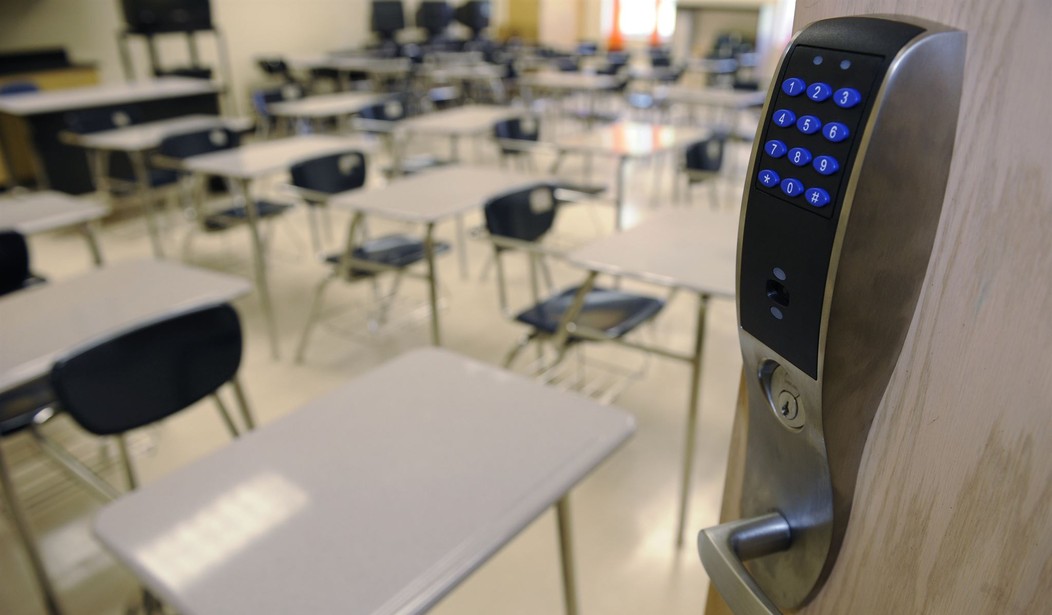Timothy Carney at the Washington Examiner looks at a problem that hasn’t drawn much media attention but could portend some seriously dire events in the future. He’s writing about one of the biggest issues facing the nation’s public schools. We’re not talking about the teacher unions or critical race theory or liberal indoctrination, though all of those are serious concerns. Carney is looking at depopulation. The number of students entering the public school system is plummeting and this phenomenon was being observed long before COVID arrived, so that’s not the root cause.
In Boston, 18% of the city’s residents were of school age in 1980. By 2020, the number of school-age children decreased by 25,000 despite the city adding 130,000 residents. In 2018, only 10.8% of Bostonians were of school-age. That’s not a minor dip or a blip in the data. That’s a continued, steep decline spanning three decades and it’s a problem. And Boston is hardly the only place seeing this trend.
Boston is becoming “a largely childless city,” writes local columnist Bill Walczak. “Last week the Boston Schools Fund disclosed that Boston Public Schools (BPS) enrollment for this school year (2021-22) had sunk to 48,654. It was 57,230 in 2014-15.”
Los Angeles County schools, by the time the pandemic hit, were already down 10% from a decade before. The state forecasts enrollment will drop another 20% over the next decade.
Statewide, public school enrollment peaked at 6.23 million in 2014. The state estimates only 5.7 million students by 2025 and less than 5.5 million by 2030.
So what is causing this reverse “population bomb?” Carney notes that there are several factors at play, some of which could potentially be addressed or at least explained. Private schools are seeing record numbers of applications this year and homeschooling is bigger than ever. That’s likely because of the awful way our public schools handled the pandemic and the disdain that public school boards have shown for parental rights in the education and upbringing of the children. But those shifts to alternate education models don’t come close to explaining the current and projected decreases in school enrollment that are currently being examined.
The number one cause for projected continued decreases in public school enrollment is, as Carney describes it, “the lack of future kindergarteners.” And that translates to a lack of babies, a subject we’ve touched on here many times in the past. California’s fertility rate fell from 2.21 babies per woman to 1.66 between 2007 and 2019. Across all of the United States, the total number of residents under the age of 18 actually decreased by more than 1.1 million in just the past decade, even as the total population continued to increase, though at a slower rate than in previous decades.
Will this cause a problem for the public schools? Of course. Fewer enrolled students mean fewer tax dollars and other resources. But the problems go much further than that. Assuming that life expectancy remains roughly the same, by the time this generation of babies reaches early middle age, they will be the ones funding the social safety net for the elderly at an even more grossly diminished percentage. So will things turn around? Earlier this year, Melissa S. Kearney and Phillip Levine of the Brookings Institute offered a short but depressing answer. Probably not.
This analysis implies that U.S. fertility rates are likely to be considerably below replacement levels for the foreseeable future. This is driven by more than a decade of falling birth rates and declining births at all ages for multiple cohorts of women, not simply the aftermath of the pandemic-induced reduction in births. Furthermore, the simulated fertility rates we report in this essay are similar to those observed in virtually all other high-income countries. This evidence leads us to expect that U.S. birth rates and total completed fertility rates are not likely to rebound any time soon. Further research is needed to better understand the reasons for the long-term decline and what, if any, policy responses are warranted.
This model is unsustainable over the long run, and we’re going to require some creative thinking if there is a solution to be found.







Join the conversation as a VIP Member